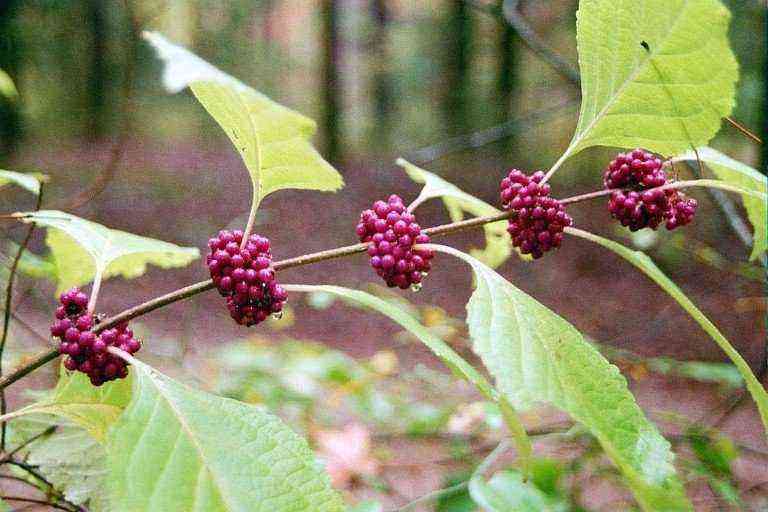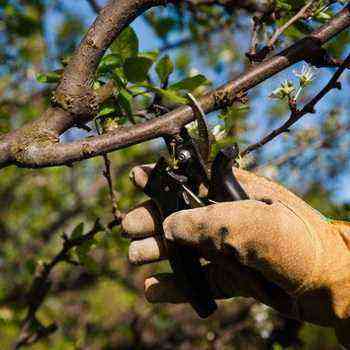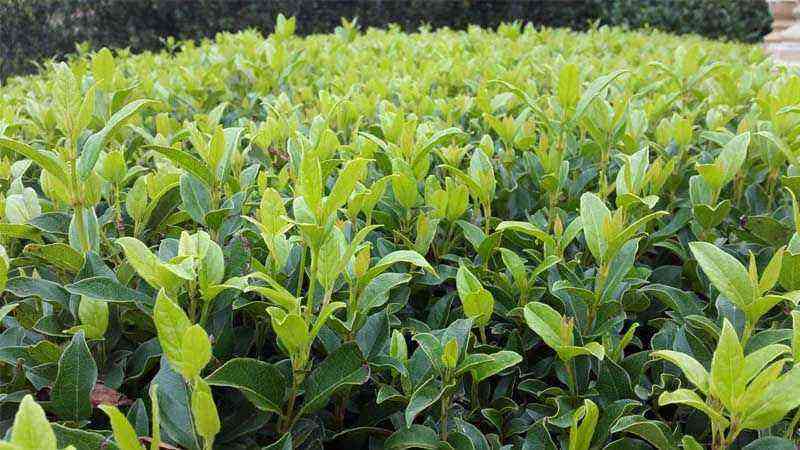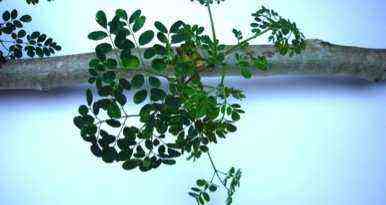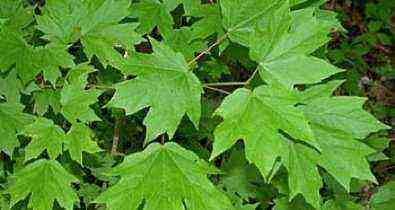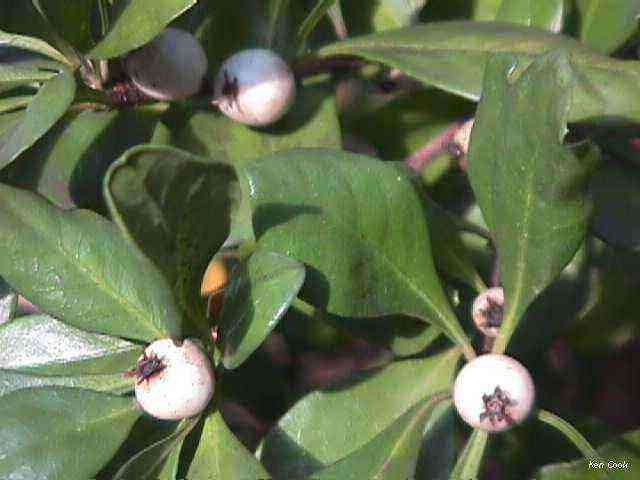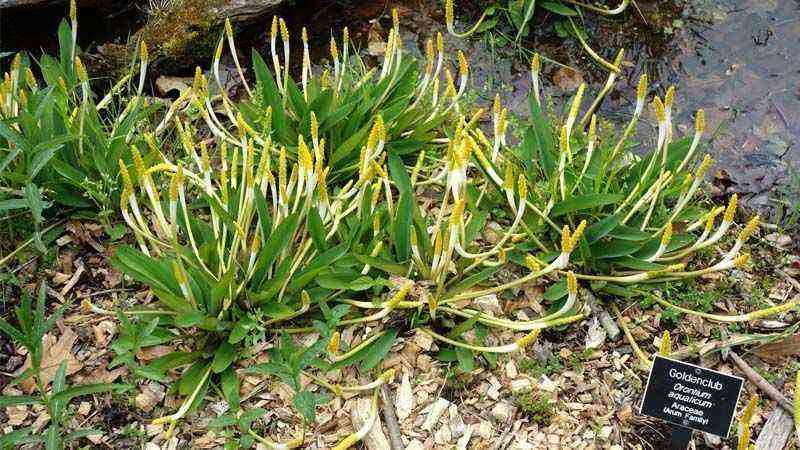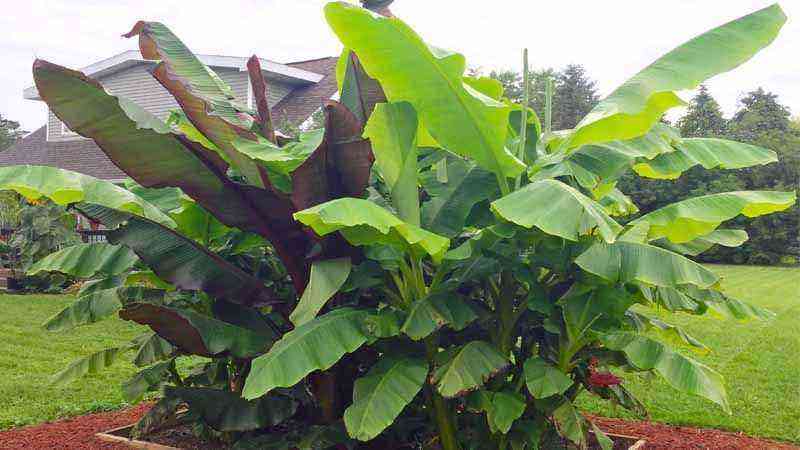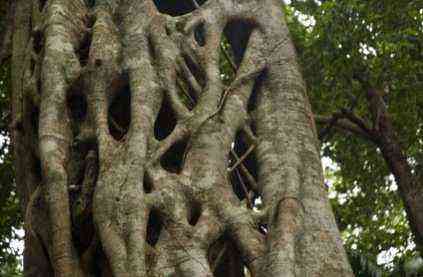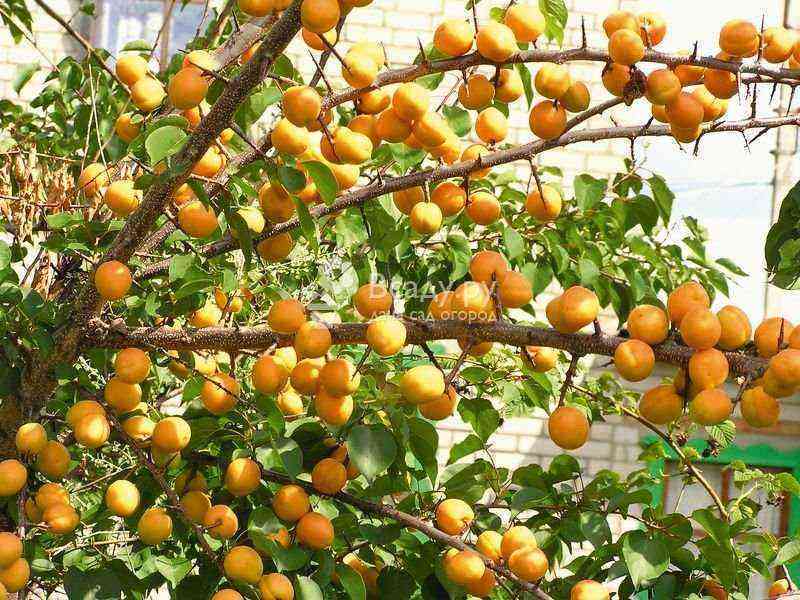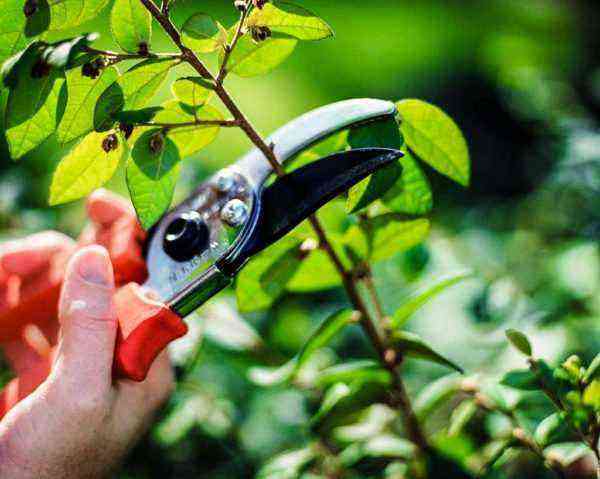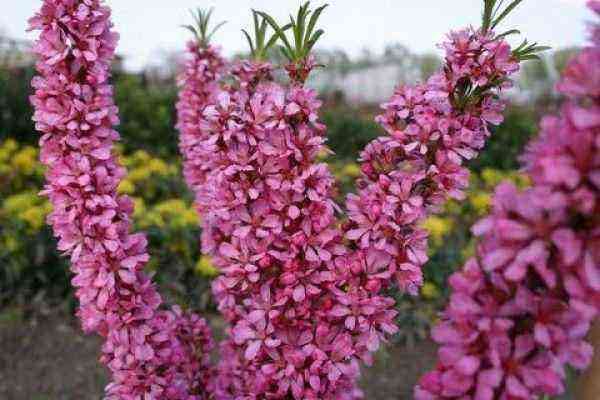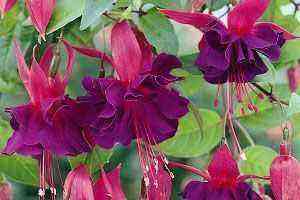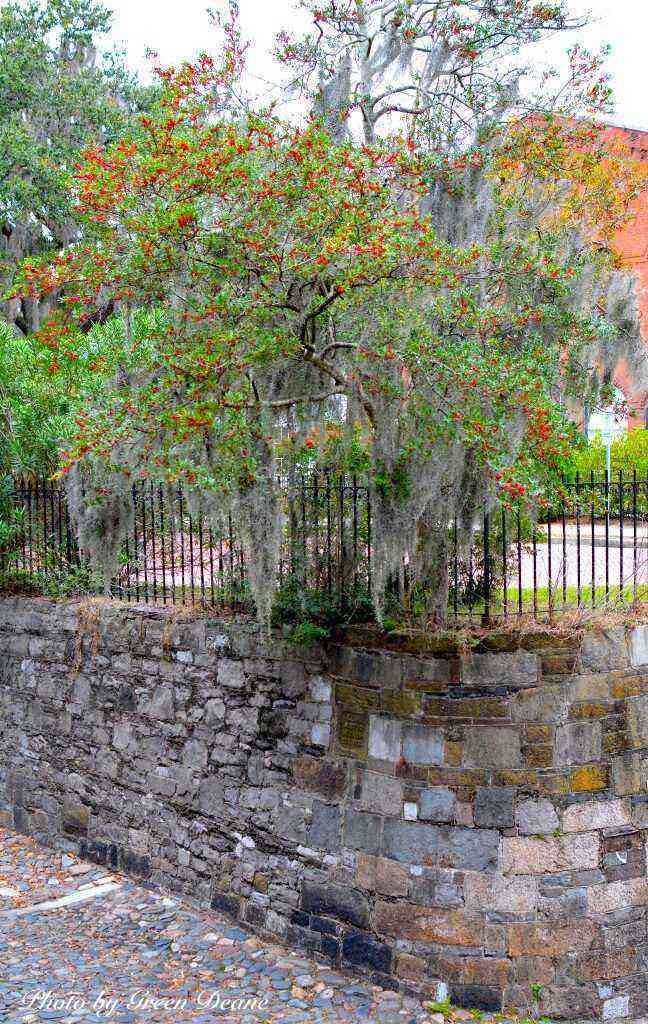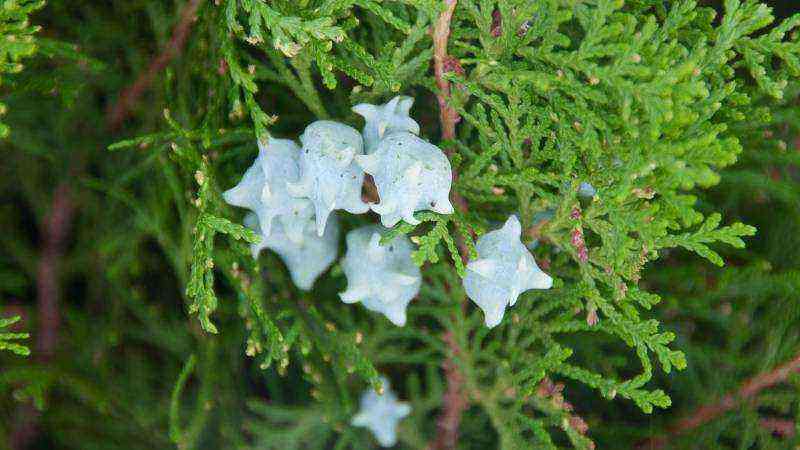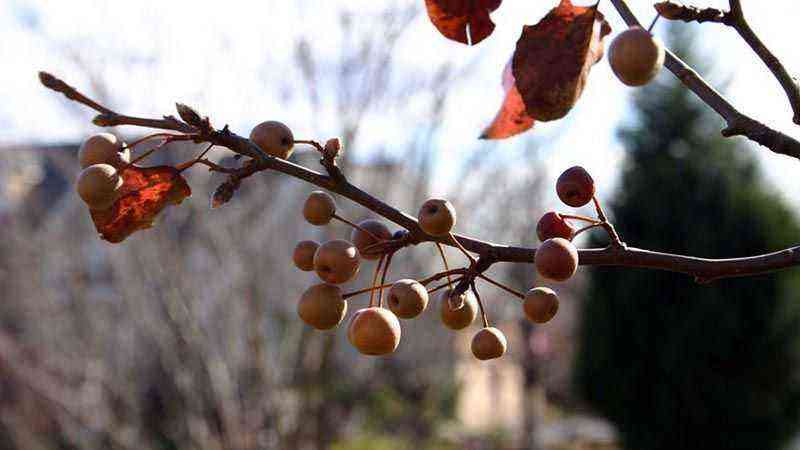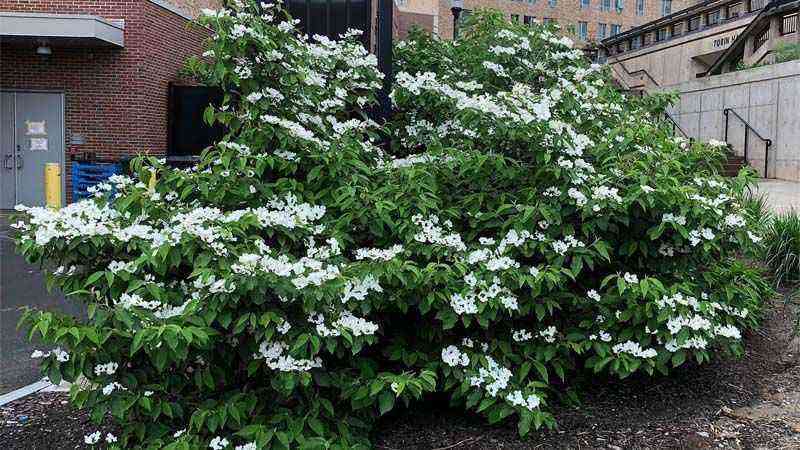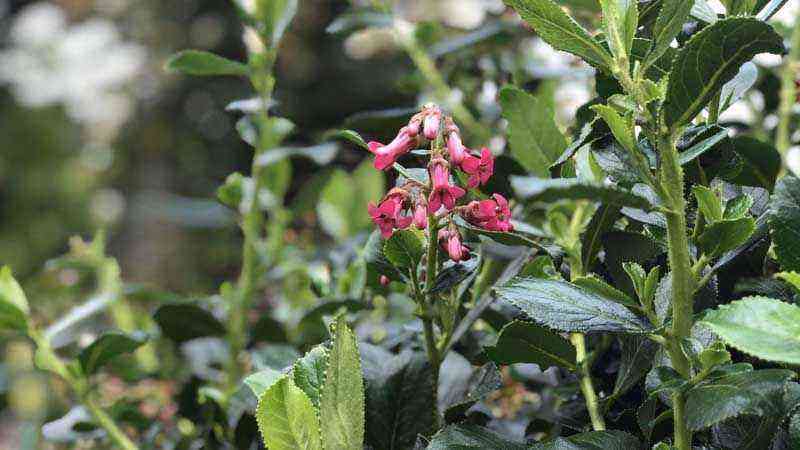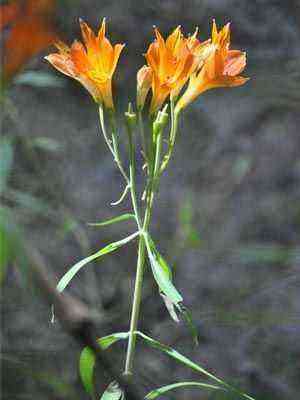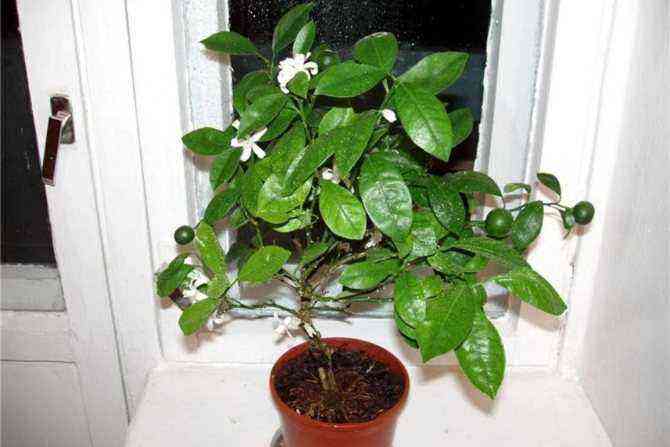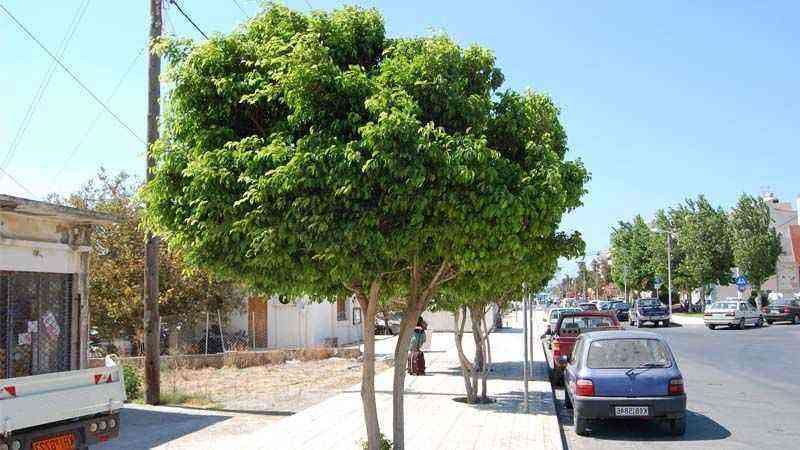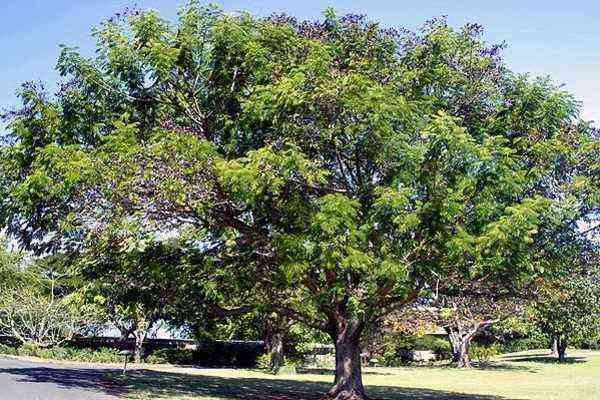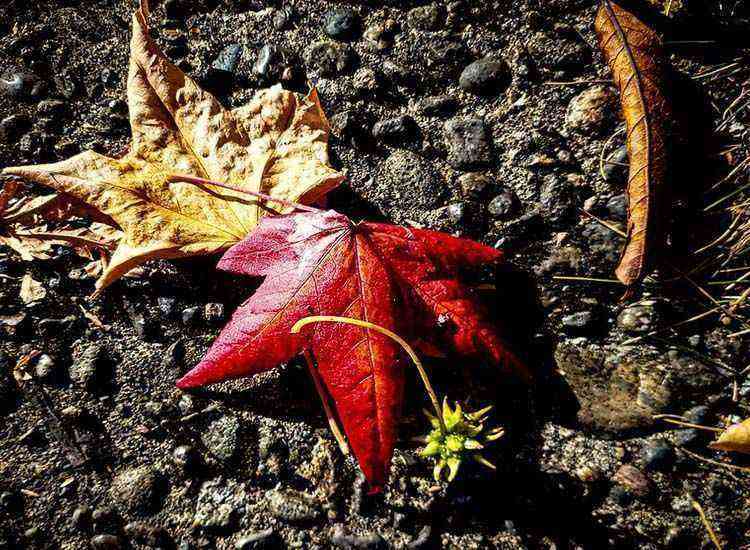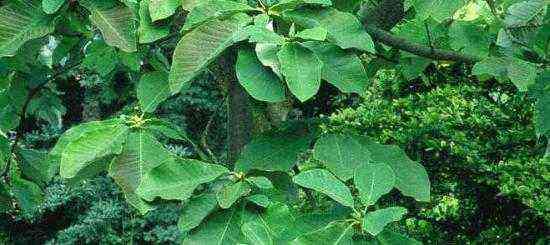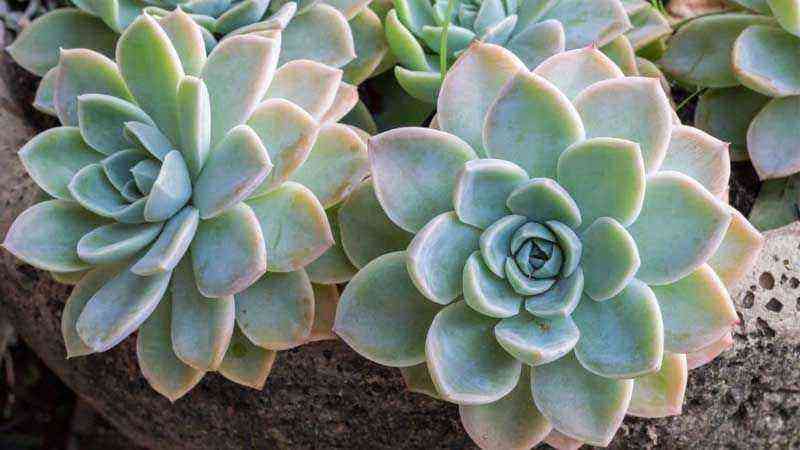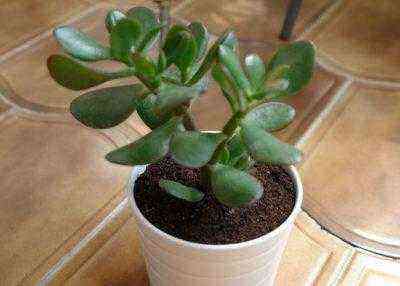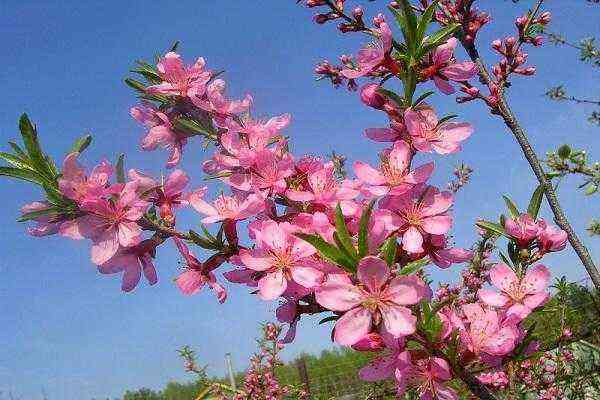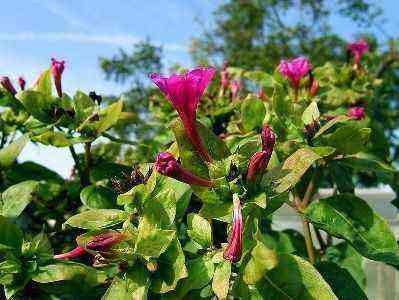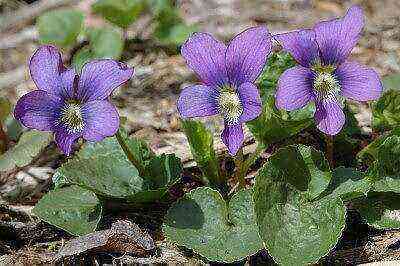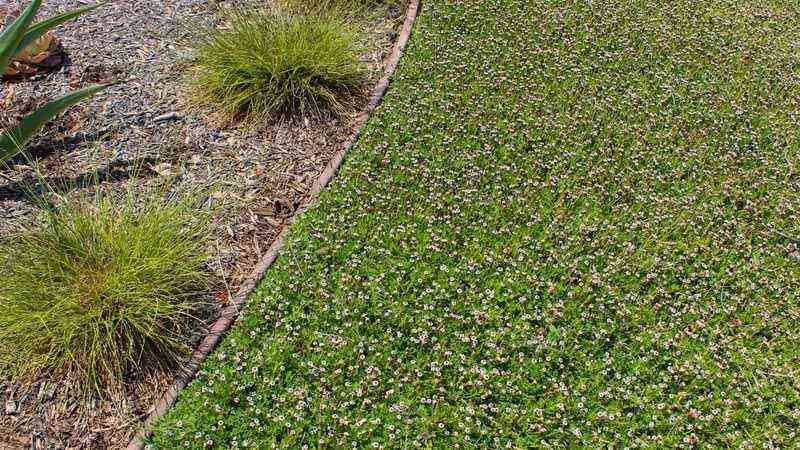The plant is successfully used in folk medicine, and the Japanese are very fond of young shoots, sharing their tastes with many peoples. It is believed that this type of fern is very useful when properly cooked – to remove toxic components, raw materials are salted, soaked or boiled.
Then salads, soups, side dishes are made from it; in Japan, sweets and delicacies are made. And in the crushed form, shoots, roots of the plant are used as flour for baking, in salads, sauces. The foliage prevents rotting, so it is laid out between vegetables for long-term storage. Here he is, a mysterious bracken!
Bracken fern description
Bracken is a species of fern, a spore-bearing plant that is found in the wild almost anywhere in the world. Ferns are also grown in garden conditions as decorative elements. The plant gets its name from its triple frond leaves. They resemble the spread wings of an eagle, which is the fern that got its name. The leaves of the plant are divided into segments, which decrease in size as they move towards the top.
Bracken is a large plant that can grow over a meter in height. Under good growing conditions, it can live up to several decades, constantly multiplying and creating difficult-to-remove plantations.
The plant is poisonous, but people use it in folk methods of treatment for many diseases and eat it.
One of the most common ferns – Orlyak and his photo
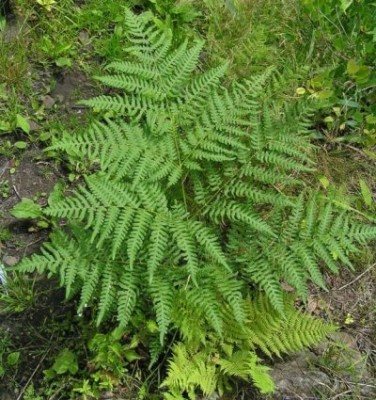
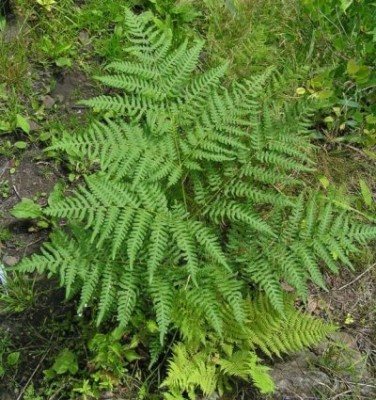
Fern is a plant that has been attributed to mystical properties. Where does the bracken fern grow? It is distributed practically throughout the entire globe, with the exception of the polar regions and uninhabitable desert. In the forests, among young growth and bushes, the fern feels great.
Lovers of indoor greenhouses could not calmly pass by the beautiful plant. The bracken fern serves as an excellent decoration for a spacious room or a winter garden. It is not difficult to grow it at home, knowing important details about an interesting representative of the flora.
Varieties of Eagle
Today, there are 4 main varieties of common bracken, which are found in different parts of the planet:
- common bracken – pteridium aquilinum var. feei (W. Schaffn. exFée) Maxon;
- pteridium aquilinum var. lanuginosum (Bong.) Fernald;
- pteridium aquilinum var. latiusculum (Desf.) Under. Ex A. Heller;
- pteridium latiusculum (Desf.) Hieron. Ex REFr. It is found in China, Japan, Taiwan, in the north of Europe, almost everywhere in Canada and the USA, in the north of Mexico;
- pteridium aquilinum var. pseudocaudatum (Clute) A. Heller.
Eagle care in the garden

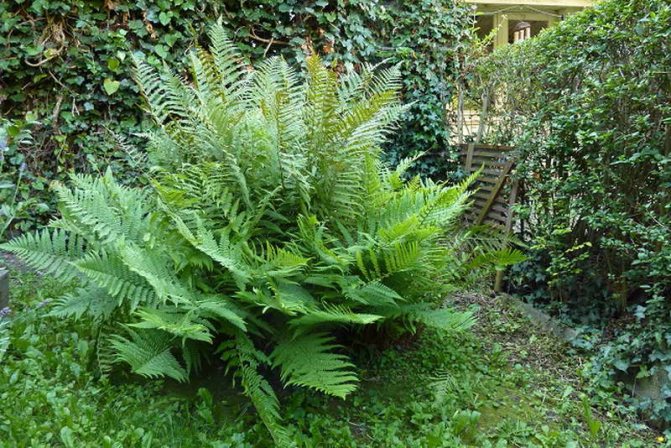
Common bracken fern photo in the garden
Grows equally well in sunny and shaded areas. It develops better on loose, drained soils. Watering is necessary only in severe drought.
The bracken does not need shelter for the winter. In autumn, the feathery leaves droop, curl, turn brown and die off. The rhizome hibernates under the thickness of the earth and is not afraid of any frosts.
In the spring (in central Russia at this time the bird cherry blossoms) leaves appear. The brownish rudiments are twisted by a snail, they will soon turn into gorgeous leaves. The first leaves are called rakhis (from the Greek word means “ridge”).
Bracken spread
Bracken is an unpretentious plant that lives in almost every corner of the world, with the exception of the arctic and desert parts of the world. It grows in forest areas, usually in coniferous or deciduous forests that do not have a lot of light in places. Fern varieties can also be found in the steppe zone.
Places such as various hills and mountain ranges, which have light soils and darkening, are excellent for distribution. In addition, the plant easily takes root in grazing areas and fires. This feature lies in the vegetative mode of reproduction, which ensures rapid growth and deep-lying fern roots.
Fern is not common in European zones, but some people grow it in horticultural conditions. In addition, some countries consider the fern to be a difficult weed to control. The reason for this is good breeding ground for this plant.


It is interesting
The fern leaves closely resemble the feathery wings of large birds. It is not for nothing that one of the largest ferns in Russia is called bracken (fern – from the Slavic porch or flog – wing). Although, perhaps, this name is a Russified translation of his Latin name (pteris – in Greek – wing, and aquila – in Latin – eagle) eagle wing (Pteridium aquilinum). Among the Slavs, it was believed that on the night before Ivan Kupala the fern blooms and, having found Perunov a fireflower, acquired strength and beauty, the ability to find hidden treasures.
Home care
You can grow bracken in almost any conditions. It can coexist with other flowers and bushes.
Features of care after purchase
Before buying a plant, it is worth examining its leaves for integrity and the presence of yellowness on the leaves. Immediately after purchase, it must be placed in a dark place, and the next day, transplanted into another pot.
A fern pot must be chosen wide for the free arrangement of plant roots in it, and as a soil you can use a sandy mixture, which the bracken loves.
Lighting
The bracken loves dark places where the minimum amount of sunlight falls. Therefore, when planting a plant, you can place it in the shade of shrubs or trees. With proper lighting, the bush becomes a rich green color with bright leaves and well-fluffed. Under indoor growing conditions, the pot should be placed in the northern part of the room.
Temperature
The plant takes root well at temperatures up to +25 degrees. The fern does not need to be moved from one temperature to another by deliberately creating fluctuations. In the summertime, it is necessary to plant a bush outside, where there is no strong wind and drafts. In winter, the fern must be kept away from heating elements. At this time, the optimum temperature for the plant is 15-20 degrees. The bracken overwinters normally and in the open field, while the leaves of the plant fall off, and the roots lie under a deep layer of earth.
Air humidity
The fern should be planted in places with high air humidity, since these conditions are well suited for this plant. At home growing, the bracken must be regularly sprayed at the crown. It is necessary to moisten the leaves and frond with clean water to avoid lime deposits on the leaves and crown. You can also place containers of water next to the fern so that the plant absorbs fumes. In garden plots, it is better to plant bracken in places located with water bodies or in an area of constant soil moisture.
Watering
For a good growth of the plant, it is necessary to regularly water the fern. In this case, the soil should always be moist, however, the constant presence of the roots in the water should also not be allowed. The best option is to regularly water the plant with small portions of water to avoid dryness and heavy overflow. In winter, watering the soil should be much less frequent than in summer.
Fertilizers and feeding
Bracken, like other plants, should be fertilized regularly. Feeding should begin in spring, when it departs from hibernation, and the first shoots appear. Fertilize in moderation using mineral complexes designed for ferns. After that, every month, before the start of winter frosts, water with fertilizer. In winter, plant feeding should be stopped.
Transfer
Bracken does not like constant replanting. When growing ferns outdoors, this is generally not recommended. If the bracken is grown indoors, it is necessary to replant it no more than once every three years. It is necessary to transplant the fern when it grows and the pot becomes small. When transplanting, you should choose a pot in which the plant will be free and comfortable. A stone mixture must be placed at the bottom of the pot. Some gardeners prefer to use broken bricks instead of stones, which are also suitable for the plant.
Trimming
The fern does not need to be pruned as it sheds its leaves for the winter. When grown at home, it does not discard fronds. Outdoors, the plant sheds frond in frost and sprouts in the first warm days of spring.
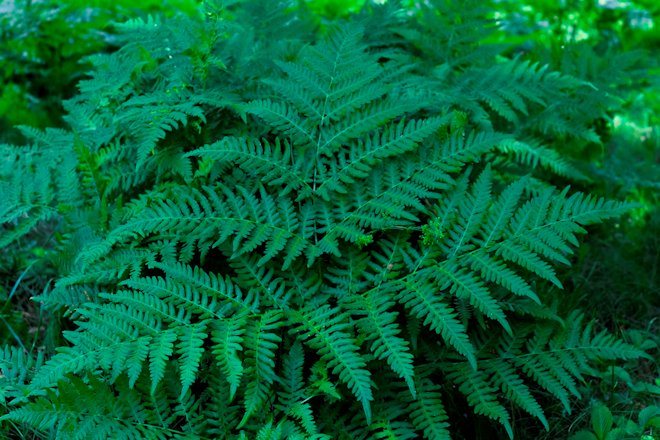

Reproduction
The unpretentious plant reproduces in several ways. It is possible to determine which of them is the simplest after a detailed consideration of each option.
Reproduction by spores
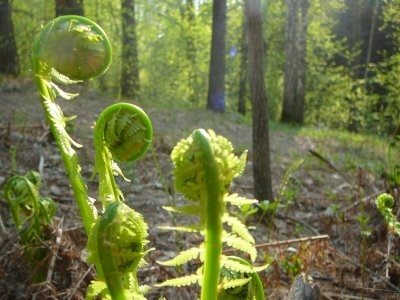

In the wild, Eaglet reproduces by spores, since it is a sexless plant.
In the conditions of home breeding, in the fall, a leaf is cut from a plant, cut into it and put to dry in a paper envelope.
At the end of January, spores, which are fine powder, are poured into prepared boxes with soil mixture, irrigated with a spray bottle and covered with thick glass.
After 2 months, green moss appears on the surface of the soil – this is the basis for future seedlings. During this period, the glass is removed to provide oxygen access.
When individual elements grow together and increase in size, they can be transplanted into separate pots of small diameter. By spring, the seedlings are ready and can be planted in a different soil. This is a rather difficult method and is rarely used, preferring an easier alternative.
Breed division multiplication
The easiest way to get a lot of planting material is to divide the bush into separate parts. The developed and strong root system of the plant allows you to do this without harming the main fern and get many children ready for planting.
The procedure is carried out in early spring, after the end of the frost, as soon as the thermometer’s thermometer shows stably above 0.
Reproduction of fern
Bracken can reproduce by spores and vegetatively. The vegetative method is apparently common for the proliferation of ferns in European and northern regions. In the open field, the bush is more adapted to vegetative reproduction.
Reproduction by spores
Reproduction of bracken spores is carried out in autumn. By the end of summer, small brown sporangia, resembling tubercles, are formed on the fern leaves. They are located on the rim of the sheet, crowded.
In early autumn, the leaves of the plant with sporangia on the fringes of the frond must be cut and allowed to dry. Then the spores are scraped from the leaves onto a sheet of paper. The resulting spores must be dried and placed in a dry place before January. In the middle of winter, spores must be planted in clean, loose soil, which is regularly watered. The container with planted fern spores must be kept in a warm, bright place, it is advisable to cover the pot with cellophane or glass to form condensation inside.
Ferns planted in this way must be regularly ventilated, opening the ground for several hours. The first fern sprouts appear around 8 weeks after planting. After that, you can stop snatching the pot, providing new sprouts with air and moisture.
As the ferns grow, they are planted in separate pots, and when warm May days come, the bracken can be transplanted into a garden or on an open surface in a darkened area.

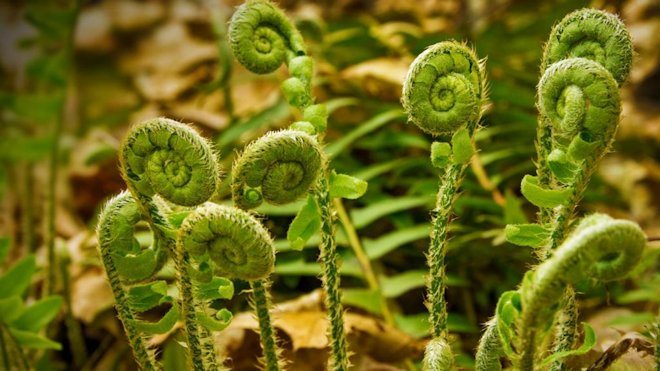
Breed division multiplication
Another way to breed bracken fern is to divide the bush. Such reproduction is more efficient and gives greater results. An adult shrub has large roots that take root easily after cutting or dividing.
The plant should be transplanted in mid-spring, after the frost has passed. In this case, it is necessary to dig up an adult fern and divide the rhizomes with buds into several parts. Places of cut roots must be treated with charcoal to prevent rhizome decay. Then you must immediately plant the divided parts in damp ground and water the plant. Bracken easily takes root in the soil and gives new shoots.
Botanical description
Bracken is a herbaceous perennial plant with a height of 30-100 cm. A powerful root system develops in various directions. The rhizome is located horizontally, from which young shoots appear annually. Vertical shoots extend deep into the ground and feed the plant. They can persist after fires or other disasters. Thanks to such roots, the bracken can grow safely in one place for hundreds of years.
In early spring, young shoots appear from the ground. They are located one at a time at a distance of 10 cm from each other. The surface of the shoot is bare, and the upper part is first bent in the form of a snail. Later, leaf plates bloom from it. Double- and triple-feathery foliage exudes a specific odor. The dense dark green lobes are rounded at the tops. At the base of the lower leaves are nectaries. A sweetish juice is released from them, which attracts ants.
Solid sori are located with a continuous border along the edge of the sheet and are hidden by the fold of the canvas. Spores mature by July-August, but they do not appear on the leaves every year. Ripe sporangia open on their own and small, rounded seeds spill out. They are carried by the wind over long distances.
Most botanists consider the genus of bracken to be monotypic and include only one species in it – the common bracken. According to other scientists, there are about a dozen more varieties. They are all fairly similar to each other. Most of the fern species of this genus are widespread in their natural environment and are not cultivated.
Application of bracken
Bracken, despite the fact that it is poisonous, is widely used by humans for medical purposes and as a culinary dish. The use of bracken has a lot of conflicting reviews. Therefore, before consuming and using the plant, it is necessary to consult with doctors about the beneficial properties of the product.
Bracken is widespread in use in human economic activities. The leaves are used to control pests and cockroaches. Silk dye is also made from the contents of the bush.
The rhizomes are rich in starch content, so glue is obtained from the bracken. Potash extracted from the roots is used to make glass and green soap. In addition, the roots were used as a means for dyeing woolen fabrics black.
On the farm, Orlyak was used as fertilizer and lining for livestock. Also, the leaves are suitable for feeding livestock – goats and pigs.
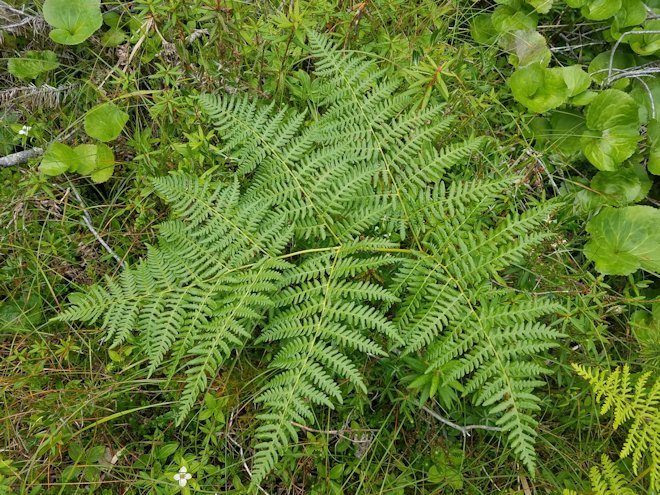

Valuable food product
Bracken is widely used as a delicacy dish. Fern shoots are eaten, which are harvested in the season of their appearance. Some people used the cooked plant instead of bread. In some regions of Russia, fern is canned and sold as a separate dish.
They eat pickled ferns. It tastes like salted mushrooms or asparagus, sometimes olives. Also, Japanese chefs use this plant as a delicacy, dessert, or add to pies. The Japanese extract starch from the rhizomes of the plant, from which they prepare specialties.
It is important to understand that eating raw food is life-threatening because the acid in fern leaves is poisonous. This can lead to severe poisoning and death. In cooking, only soaked, salted and boiled plants are used.


In Canada, bracken shoots can be added to flour after grinding. This gives the baked goods an extra flavor. In addition, the leaves of the plant are used to store food in winter to prevent rotting. It is also used in the production of beer drinks.
Use in folk medicine
Eagle has found great use in folk remedies. It is used to treat many health pathologies. Decoctions from dried shoots are used as medicines. Decoctions help to solve problems such as vomiting, diarrhea, helminthic invasions. In addition, the fern has found its use in the treatment of the following disorders:
- disorders of the nervous system – the broth helps to tone the human body;
- reduced immunity – the tincture contains a large amount of vitamins and useful properties that help to strengthen the body’s defenses;
- pain – a decoction and tincture are used as a treatment for migraines, myalgias;
- diseases of the upper respiratory tract – the broth has antitussive and expectorant properties;
- arterial hypertension – bracken tincture is able to lower blood pressure;
- convulsive seizures;
- wound healing property – plant-based ointments help to cure abscesses and eczema.
Bracken has long been used as a remedy for arthritis and arthrosis, rickets and rheumatism. Ointments are made from the fern, which are rubbed into problem areas. Chinese medicine uses bracken as an antipyretic and medicine to treat infectious hepatitis.

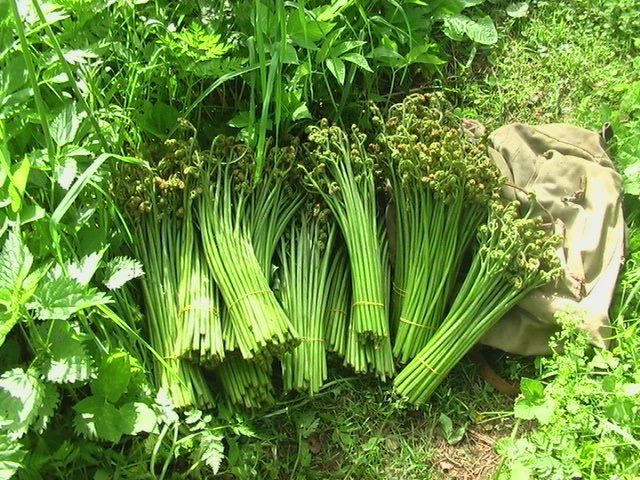
The plant’s rhizomes help speed up metabolism and stimulate growth. In addition, a decoction from the roots has long been used as a means to relieve stress and increase the body’s performance.
The use of bracken helps to remove toxins and radiation from the body. It is also used as a means to optimize hormonal balance in the body and maintain normal blood glucose levels.
The poison contained in the leaves can lead to disastrous consequences, therefore it is impossible to treat problems with the help of a plant without consulting a doctor. It is forbidden to use decoctions and infusions for pregnant and lactating women, children, as well as people with an unexplained allergic history.
Where does the common bracken (fern) grow, the benefits and harms of the plant for human health
Common bracken is a perennial fern plant that grows almost everywhere. Bracken fern does not grow only in those regions where the air temperature is low throughout the year.
You can even find a plant in the mountains. The fern grows on slopes up to 3 thousand meters high, its feature is not only adaptability to different climatic conditions, but also the possibility of using it in medicine, pharmacology, cooking and industry.
For reproduction, fern-like plants require disputes, it is because of this feature that biologists have allocated them to a whole department. No fern species blooms.
Common fern is used in different parts of the world, but in our country, few people know where to buy it, how to cook it, and what is the benefit. The plant is used by residents of the Russian Far East, Japan, Korea and China. Its value lies in the presence of excellent taste and a large number of useful properties.
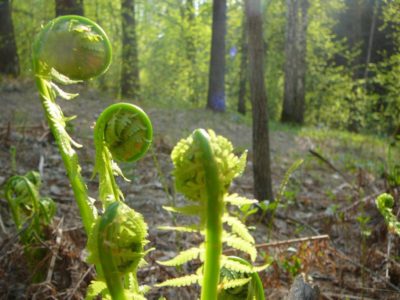

Bracken is one of the edible fern varieties. On the territory of Russia, this species is the most common of all fern species. In cooking, young shoots are used – they are cut off without waiting for the moment when the leaves bloom. It is forbidden to eat the shoots of an adult plant, since they contain substances that are very dangerous to human health.
Fresh bracken is not eaten, processing is required. You can cook a fern in a variety of ways: stew, fry, boil, pickle or pickle. After processing, the green parts of the plant are added to cold snacks and salads, they are included in hot dishes. It is one of the best ingredients for preparing meat, vegetable and fish dishes. The product goes well with legumes and cereals.
Unlike other species, bracken grows mainly in forests. But it can be found elsewhere as well. The size of the plant depends on where it grew. In the Transcaucasus, you can find rather tall specimens, the height of which reaches 2 m.
In central Russia, a forest fern may not even reach a height of 1 m. Its leaves, according to the description, resemble the wings of an eagle. There is an opinion that this is precisely why the name “bracken” arose. In addition, in cross-section, the root is similar in design to the “coat of arms eagle”.
The product is non-nutritive, 100 g of fern contains about 35 kcal. The composition is represented by fiber, amino acids, phytosterols, tannins, carotene, glycosides, flavonoids and other useful substances. Among the components:
- vitamins (B, C, E);
- minerals (phosphorus, iodine, calcium, sodium, magnesium, sulfur, manganese, potassium).
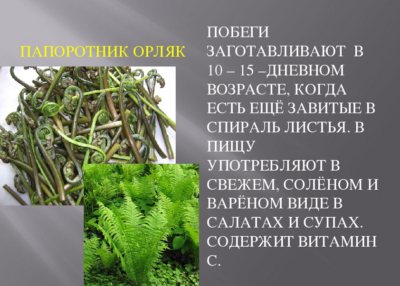
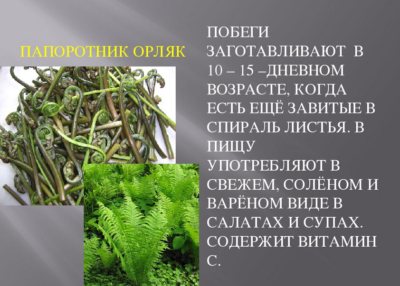
Before using the plant, it is necessary to study the beneficial properties and contraindications. The list of medicinal properties is quite wide:
- Normalization of cholesterol and blood sugar levels.
- Strengthening the immune system and bone tissue.
- Improving metabolism, eye condition and digestive tract function.
- Cleansing the body of harmful substances such as slags, radionuclides, toxins and, as a result, eliminating allergies and inflammations.
- Restoring water balance.
- Elimination of fever and pain.
- Slowing down the aging process, the ability to prolong youth.
- Restoration of normal functioning of the cardiovascular and nervous systems.
- Antineoplastic action.
- Contributing to the growth and development of the child’s body, incl. the correct formation of the skeleton.
- Improving performance.
- Normalization of the activity of the endocrine system and the state of the thyroid gland.
- Helping the body with stress.
It is important to understand what the benefits and harms are. Despite the fact that there are a lot of useful properties, if the fern is used incorrectly, you can greatly harm your body. Since the plant is poisonous, its use in excessive quantities leads to poisoning, which can be fatal. Even when used correctly, bracken fern is dangerous for pregnant and lactating women. For other people, it is advisable to be treated under the supervision of an experienced herbalist, and when eaten, to perform thorough processing.
Before you start preparing various dishes in the presence of serious pathologies, you should consult with a specialist.
When using bracken fern, you need to know when to stop. If the following side effects appear, taking it in the form of dishes and medicines should be discontinued:
- severe headaches and dizziness;
- nausea and vomiting;
- a decrease in blood pressure;
- palpitations;
- respiratory depression;
- convulsions.
In difficult cases, in case of poisoning, a lethal outcome is possible, therefore, the rules for collection and preparation, the recommended dosage of drugs in no case should be violated.
Young leaves of the plant are great for making salads, salting is possible. Fern can also be pickled and used as a seasoning for fish and meat.
But it is strictly forbidden to use old leaves for internal use. In this form, the plant can only be used for the preparation of medicines for external use (decoctions, infusions), after drying it. For example, to get rid of the unpleasant sensations of rheumatism and radiculitis, you can make a bath infusion from plant materials.


Gathering in Siberia and other regions is carried out in early spring, during this period the fern is the most useful. When collected in the summer-autumn period, it will not be possible to obtain the expected benefits. After harvesting, the Far Eastern species of fern is stored in the refrigerator. It should be noted that its shelf life is short, it is only 2 days. If during this period a person did not manage to use the plant for its intended purpose, it is better to throw it away, because after the specified time, this product becomes poisonous and can harm the body.
Young sprouts are no more than 5 days old. The length of the petioles should be 20 cm. Shoots up to the first branch of the fern are suitable for harvesting.
Before cooking, the shoots are cleaned, the leaves must be unblown. One of the most popular recipes is Korean-style fern, but in our country, few people risk trying bracken fern.
Bracken plant
Common bracken, or bracken fern, is a cosmopolitan plant, distributed throughout the globe and in fact is not found only in the Arctic Circle and in deserts, however, it gravitates more towards zones with a temperate climate.
| Orlyak ordinary. Stage ring |
The bracken has a rhizome deeply buried under the ground; consisting of the main axis; elongated lateral shoots of the second order branch out from it in turn, serving mainly for movement and accumulation of nutrients. Shoots of the second order branch into shorter shoots of the third order, the purpose of which is to form renewal buds: leaves develop from them later. However, mature leaves (frond) appear above the soil surface only in the fourth year after the formation of renewal buds. According to research, during the first year of life, the bud itself is formed, and in the second year, the rudiments of the leaf blade appear on it, which are finally formed only in the third year. And only if, for any unfavorable reasons (trampling, fires, frosts,
Appearing in early spring, U-shaped twisted fronds are covered with small hairs, which disappear as they develop (see photo). The growth of wai during this period occurs mainly due to the growth of the petiole, as soon as it reaches 50-70 cm, the formation of leaf blades begins. At this time, the fern almost does not grow in height, the leaf petiole loses its juiciness and at the end of it a triple pinnate leaf is formed. Fully developed bracken leaves are tough, with a large herbaceous blade.
| Orlyak ordinary. Undergrowth stage. |
The color of young shoots is predominantly green, but other varieties are often found with dark green, brown, purple or green with dark longitudinal stripes. These are different varieties of bracken fern, the same taste. They often grow separately, sometimes there are areas where fronds of different colors are present at the same time. This is not related to the characteristics of the soil. After the blooming of the leaf blades, they all acquire one, green color.
Fern is a light-loving plant, therefore it is more often found in well-lit birch, pine and aspen forests, mainly along the edges and slopes, forest glades, glades. In pine forests, with a lack of light, the shoots and leaves of the bracken fern are low and thin, unsuitable for harvesting. Thanks to the deep-lying rhizome, which is capable of quickly recovering from damage, the bracken grows violently in clearings, fires and pastures, along the edges of arable fields.
In Siberia, fern grows best on nutrient-rich soils, and in areas with an oceanic climate it can develop on poor soils. For the growth of bracken in Central Siberia, the best are soils with moderate moisture, good aeration, medium density and acidity.
No less important for the development of the fern is the ambient temperature. According to observations carried out on Sakhalin Island, at an average daily soil and air temperature of 5–6 ° С, the development of wai in the phase of intensive growth decreases sharply, and at temperatures from 16 to 20 ° С it reaches a maximum.
Under favorable conditions at the beginning of the growing season, the fern grows very quickly. The daily growth of shoots is 6-16 cm at a temperature of 20 ° C and above, while at a temperature of 6-8 ° C only 1-2 cm.
| Orlyak ordinary. Bending elimination stage. |
Due to the peculiarities of development and powerful rhizome, bracken is considered in some countries an intractable weed. At the same time, man has long sought to benefit from this plant. In England, for example, until the 19th century. dry bracken leaves were used for roofing work, as bedding for livestock, as fuel and fertilizer. In California, baskets were woven from large petioles, and in Europe pillows and mattresses were stuffed with bracken leaves.
At one time, fern ash was widely used. The high potassium content made it possible to use ash for the production of potash (potassium carbonate), which is necessary in the production of decorative glass. Ash was also used in the production of soaps and bleaching agents.
There is information about the possibility of using bracken in leather production as a tanning agent. Antimicrobial properties allow the use of fern leaves for packaging vegetables and fruits.
There are various opinions about the possibility of using bracken as animal feed. On the one hand, the high protein content tempts, and on the other hand, it is known that fresh bracken causes poisoning of animals. Nevertheless, experiments on ensiling forest grass, which consists of 90% fern, have confirmed that animals eat such food willingly and do not have any consequences. Does not cause animal poisoning and flour obtained from fern dried in artificial conditions. Fern cuttings are often used as additives in pet and poultry feeds.
In the literature, the medicinal properties of bracken are also discussed, although in practice its use in scientific and folk medicine is limited. Thus, various reviews indicate that the leaves and rhizomes of bracken were used as a hemostatic, tonic, antipyretic, astringent, antihelminthic, analgesic agent, as well as for diseases of the nervous system and some other pathologies.
The role of bracken fern in human nutrition and recipes for its preparation occupy a special place on this site.
Useful Properties
The bracken fern is used not only for decorative decoration of the house or garden plot.
It is known for its successful application in medicine and cooking. However, the bracken fern has not only useful properties, but also contraindications.
Reviews about the possibility of using the plant in these areas are very controversial.
Physicians have long recognized the healing properties of the fern. Decoctions of its young shoots and leaves give good results in the treatment of diseases of the spleen and the digestive system.
They are effective for different types of cough and have antiparasitic properties.
The rhizome is especially valued in Orlyak. It has a unique healing effect:
- stimulates growth;
- improves the exchange of iodine and potassium;
- improves performance;
- relieves stress;
- enhances general immunity;
- helps to speed up metabolism.
Japanese scientists argue that the use of a decoction from the fern rhizome works to remove radionuclides from the body.
Young shoots are a true delicacy. They can be boiled, fried, baked, and added to salads. Unprocessed shoots become poisonous after 2 days. In terms of taste, Orlyak resembles mushrooms, respectively, and their area of application in cooking is the same.

